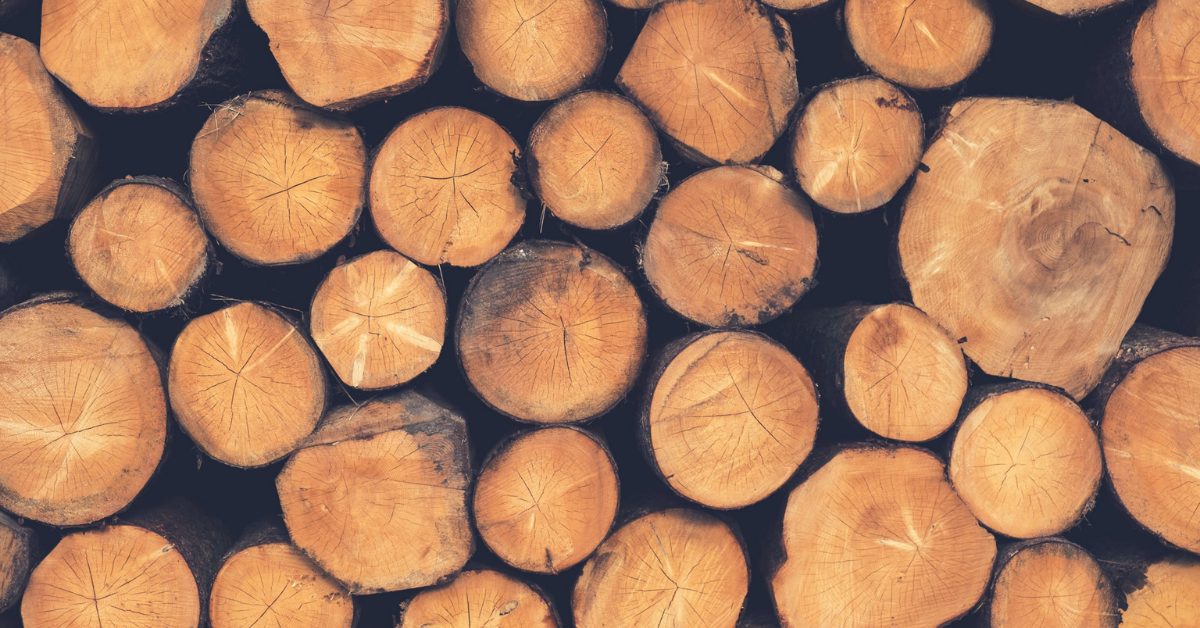Local wood is the most sustainable option
By Ole Hammarlund, MLA Charlottetown-Brighton
Official Opposition Critic for Transportation and Infrastructure
While my motion urging government to allow unstamped wood to be used for single family homes was defeated by PC and Liberal MLAs during the spring sitting of the legislature, there are still options available for people who own a wood lot and want to use their own wood to build.
If you qualify as a farm or forestry operation you can build workshops, storage buildings, and other non-residential buildings from your own unstamped wood. If you want to build something to live in, you will of course need stamped wood.
Here you have a couple of options that you could consider.
First, you could hire a wood inspector from the Maritime Lumber Bureau in Amherst to manually inspect and stamp your cut lumber. This will cost about $1000 per day and you will need to have a couple of helpers on site. Unfortunately, they are fully booked for 2021, so you will have to book now for 2022.
Secondly, you could become an inspector yourself by taking a two-week course in Amherst, once COVID guidelines permit you to travel there. The cost is only $500, but you must own your sawmill, as the stamp goes with the mill. The good news is you can have either a portable or stationary mill depending on your needs and how you want to operate the mill.
Since sawmills come in many varieties and sizes there are many options. One popular option is a portable band sawmill that is able to cut lumber and boards relatively easily and accurately. Unless you already have a team of horses, you also need something, like a tractor, to haul the logs from where they are felled to the sawmill.
This could be a perfect opportunity for wood lot owners to create a sawmill cooperative. Such a cooperative could purchase the equipment jointly and hire a manager/inspector to oversee the equipment and inspect and stamp the lumber. Each member would could fell their own wood and operate the equipment on their site, overseen and helped by the manager/inspector.
Another option would be for the government to provide its own wood inspection and grading services. For example, on Prince Edward Island, the government already has a large forestry department. It would not take too much effort to train one or more of their employees with the required course to make this a possibility.
How we harvest and use our forests makes all the difference for our climate crisis. Harvesting wood sustainably means leaving many of the trees intact, allowing existing woods to grow and continue storing CO2.
Another great choice would be to use the wood for lumber in constructing homes and housing units. Wood used in this manner means carbon captured will be stored for centuries.
What is not working is clear cutting. Neither is burning the wood for fuel, which actually speeds up the release of carbon into the atmosphere exponentially. It is also not enough to plant baby trees as the primary way to improve carbon capture. The years it takes to grow a forest means the capture is slow. Also, we are not anywhere near planting enough trees to replace those we are cutting.
I believe we can really support sustainable harvesting and use of our local wood resources offering local stamping services. This is an excellent way for government to address our housing crisis by increasing housing capacity with homes made with local wood and to improve the local industry by creating opportunity for development in sustainable use of local wood, all while helping the environment and our goals to combat climate change.
I urge you to contact your local MLA tell them you support the sustainable use of local wood for construction. It is the best choice for the climate and the best choice for our local economy.

